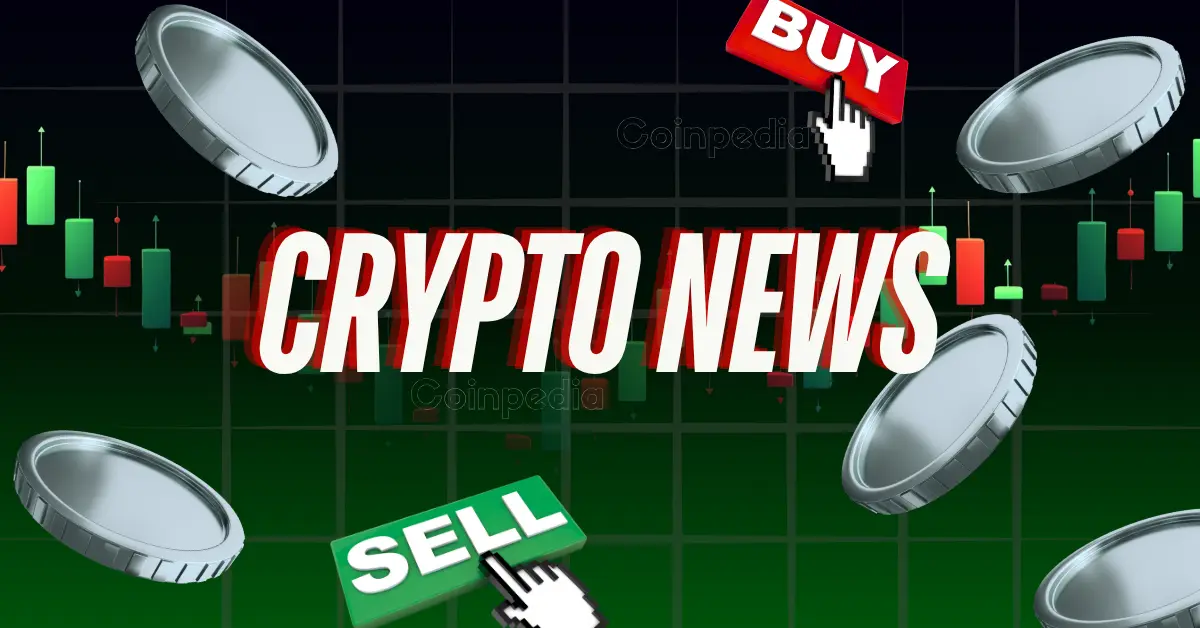
President Trump's new reciprocal tariffs are predicted to trigger a U.S. recession by late 2025, with rising inflation and unemployment.
Global markets, including equities and crypto, are experiencing significant volatility and downturns.
Experts are advising investors to consider safe-haven assets like gold and Bitcoin amidst the predicted economic instability.
The US economy is entering rough territory, with JPMorgan warning of a possible recession by the end of 2025. The main reason? President Trump’s aggressive new reciprocal tariffs. These tariffs are aimed at fixing long-standing trade imbalances by targeting countries with large trade surpluses against the US, including India. More tariff hikes are reportedly on the way.
JPMorgan has predicted that the US economy will contract in 2025. Michael Feroli, the bank’s chief US economist, warned that the pressure from these new tariffs could push the country into recession, with unemployment expected to rise to 5.3%.
Fed Chair Cautions on Growth and Inflation
Federal Reserve Chair Jerome Powell also expressed concern, saying the tariffs could impact the economy more than expected. He warned that larger tariffs would likely lead to higher inflation and slower growth.
JPMorgan expects inflation to reach 4.4% by the end of the year, up from 2.8% in February. The bank believes the Fed will start cutting interest rates in June and continue gradually until January 2026, eventually lowering rates to 2.75%-3%. However, Powell has suggested a cautious approach, saying there’s no need to rush despite the growing pressure.
Also Read: Robert Kiyosaki Says the Market Crash Is Just Getting Started, Here’s What Next?
Global Ripple Effects: Trade War Escalates
The global economy is now feeling the pressure of America’s trade war. China has already responded by imposing a 34% tax on US goods, and other countries are either threatening to retaliate or preparing for tough negotiations.
China’s move shook the markets, triggering a major sell-off. Trump’s trade war has already wiped out more than $5 trillion from the US stock market. And JPMorgan isn’t alone in sounding the alarm—Barclays expects a downturn next year, Citi sees just 0.1% growth, and UBS has cut its forecast to 0.4%.
Canadian Prime Minister Mark Carney criticized the US for backing away from its global leadership role.
“The world economy is different today than it was yesterday,” he said while announcing new countermeasures from Canada.
Crypto Market Takes a Hit
The crypto market dropped sharply after Trump’s tariff announcement, as investors looked for safer options like gold. Bitcoin briefly hit $88,500 before falling below key support levels. Major altcoins like XRP, Solana, and Dogecoin dropped as much as 4.5%. US crypto-related stocks also fell due to the sweeping tariff policy.
Fear, uncertainty, and doubt (FUD) are growing in the crypto market. Since February 1, Bitcoin has dropped 10%, and Ethereum is down 20%, as worries about the impact of tariffs on blockchain growth and adoption continue.
XRP, however, has held up well, gaining 2% after the SEC officially dropped its case against Ripple. This has brought some relief to investors and ended years of regulatory uncertainty.
Will Bitcoin Stand the Test?
The market is divided on how Bitcoin will perform in this environment. Some see it as “digital gold,” a hedge against inflation and instability. If the Fed cuts interest rates, Bitcoin could benefit from increased liquidity. With more financial risk in the system, many investors may turn to Bitcoin as a store of value.
Bitcoin’s Future Hinges On Key Factors
Bitcoin’s next moves depend largely on how the Fed handles inflation and the broader economy. While rate cuts could boost Bitcoin by adding liquidity, worsening economic data could pull prices down. Analyst Alex Krüger says Bitcoin’s future will be shaped by monetary policy decisions and signs of a recession, with market volatility expected as traders respond to new data.
During a recession, consumer spending and liquidity tend to fall—two key drivers for crypto growth. While Bitcoin has strong support from ETF approvals and institutional interest, it still needs fresh capital to move higher.
What Investors Should Look At
To understand where Bitcoin is headed next, investors are watching two main factors: the stock market and global liquidity. If stocks continue to fall, Bitcoin is likely to follow. But if equity markets stabilize, Bitcoin might get the push it needs to climb back toward its all-time highs.
Investors are also tracking liquidity indicators like the Fed’s balance sheet (WALCL) and the M2 money velocity (M2V), which show how much money is moving through the economy. With the Fed’s current Quantitative Tightening (QT), it’s harder for riskier assets like Bitcoin to grow. However, if liquidity increases, the crypto market could see a strong rally.
Saylor and Kiyosaki Issue Warnings
Michael Saylor recently tweeted that tariffs are just the start. He said inflation is only one of several risks—capital is also exposed to taxes, regulations, and unexpected events. He pointed to Bitcoin’s resilience in the face of these hidden threats.
Robert Kiyosaki, author of Rich Dad Poor Dad, went even further. He claimed the biggest stock market crash has already hit, pushing the US into a recession—or even a depression. He advised Baby Boomers to move away from traditional investments and into real assets like gold, silver, and Bitcoin, which he says will hold their value as the dollar weakens. He urged his followers to protect their wealth before the situation worsens.
The lines between policy, panic, and price charts are blurring fast – can Bitcoin save investors?







